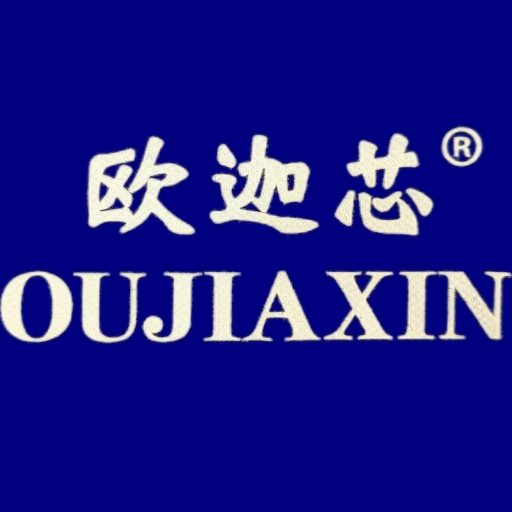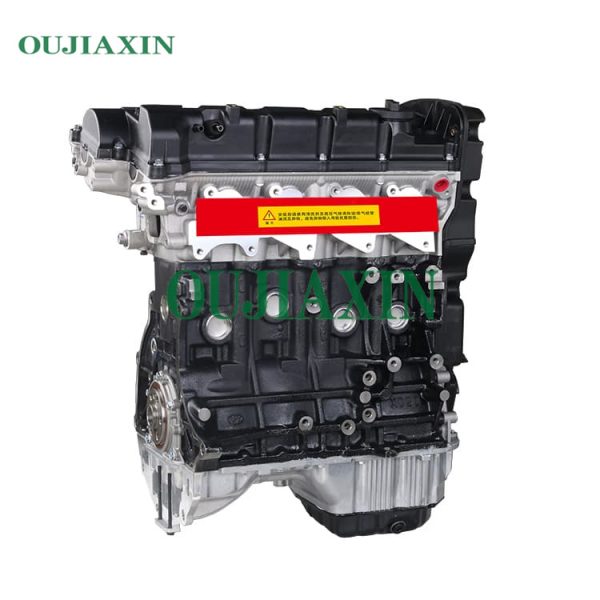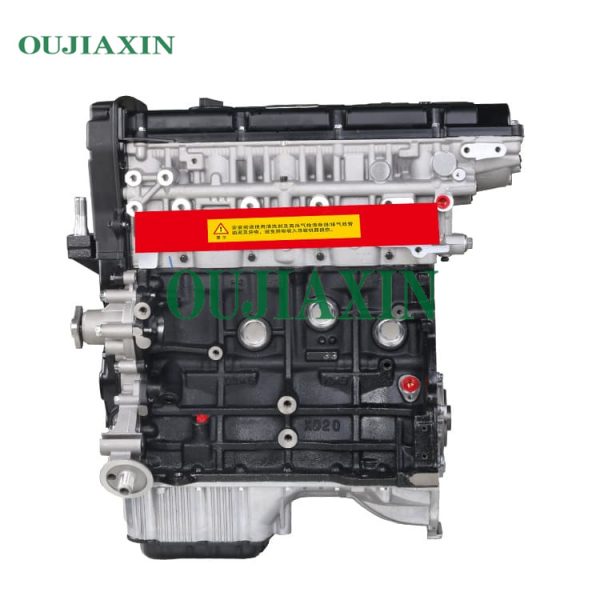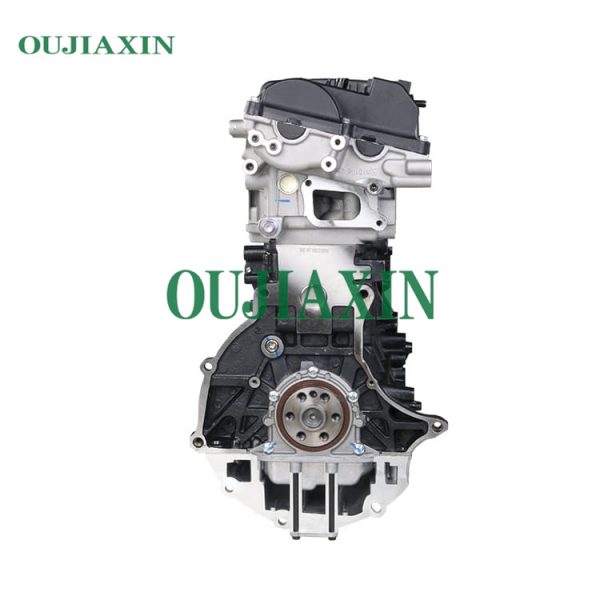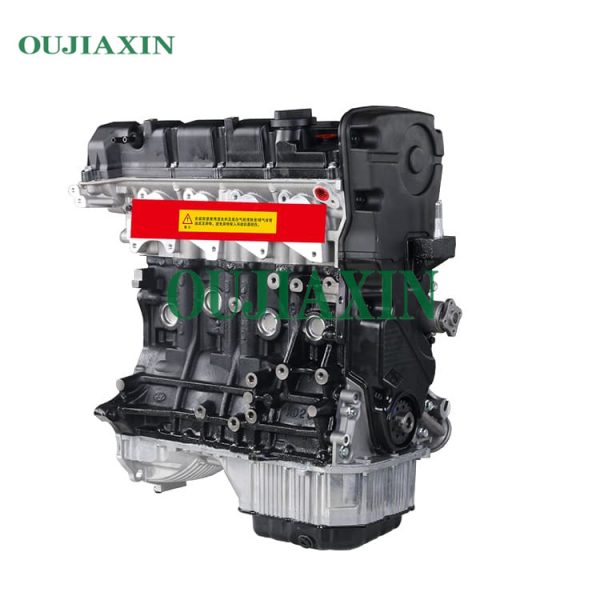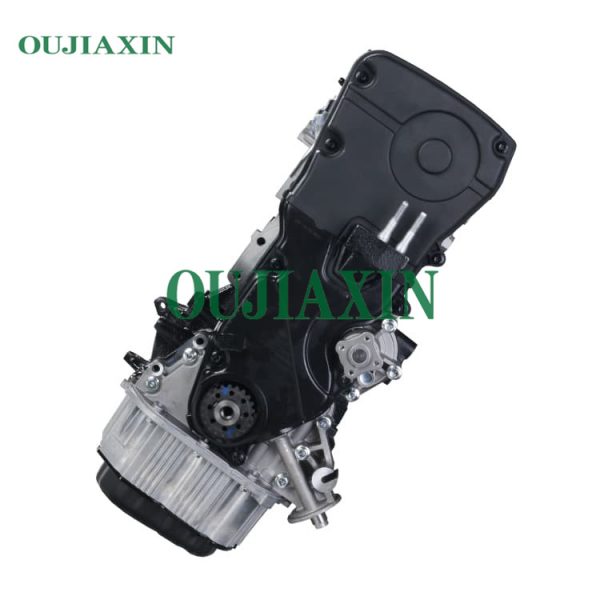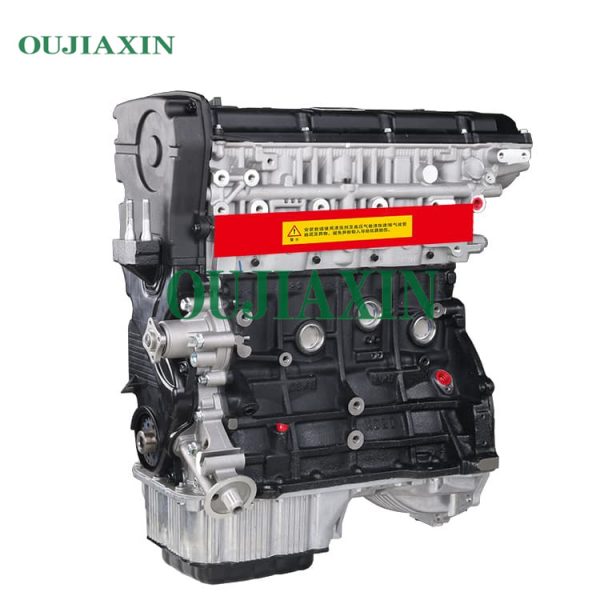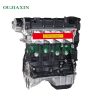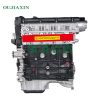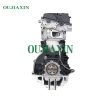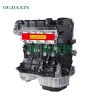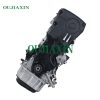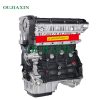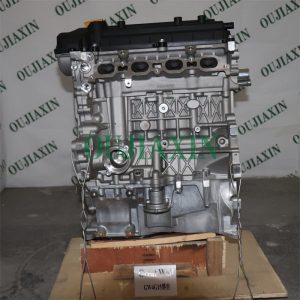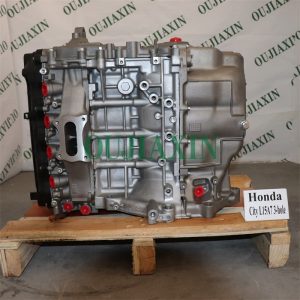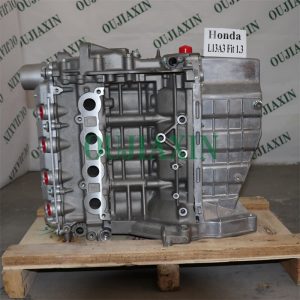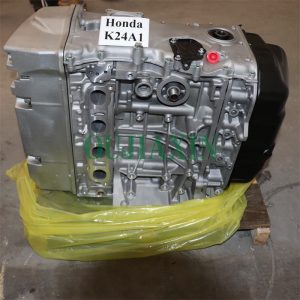G4GC for Hyundai Elantra i30 Sonata Trajet Tucson Kia Carens Rond Engine
Hyundai G4GC engine adopts advanced combustion technology, which makes it excel in combustion efficiency. By optimizing the combustion chamber design and fuel injection system, the engine can achieve higher combustion efficiency, improve fuel utilization and reduce emissions.
Description
2.0L (G4GC)
The 2.0-liter Hyundai Beta II engine was produced from 2001 to 2012. The power unit has been fitted with continuously variable valve timing since 2003. The expected life of the engine is 300,000 km.
Four-stroke, four-cylinder gasoline engine with fuel injection and ignition electronically controlled, in-line cylinders and pistons rotated by a common crankshaft, topped by two camshafts (with CVVT system). The engine has a forced circulation closed liquid cooling system. The lubrication system adopts a combination of pressure lubrication and jet lubrication.
The cylinder head is made of aluminum alloy. The camshaft is driven by a toothed belt. The belt itself only drives the exhaust camshafts. The intake camshaft is driven from the exhaust camshaft via an internal chain located at the rear end of the cylinder head, as is the mechanism that changes the valve timing. There are no hydraulic lifts. The valve clearance needs to be adjusted every 90,000 km.
The engine debuted in the (XD) Elantra and (GK) Tiburon in 2001-2002, among others. Output is 138 hp (102 kW) at 6000 rpm and 136 lb-ft (184 N m) of torque at 4500 rpm. It has a cast iron engine block and aluminum DOHC cylinder heads.
Application field
Hyundai Elantra (XD/HD) (2000–2010)
Hyundai i30 (FD) (2007–2012)
Hyundai Tiburon/Coupe (2001–2008)
Hyundai Trajet (1999–2008)
Hyundai Tucson (JM) (2004–2009)
Kia Karens (RS) (2002–2006)
Kia Cee’d (ED) (2006–2012)
Kia Cerato (LD) (2003–2008)
Kia Soul (AM) (2008–2011)
Kia Sportage (KM) (2004–2010)
